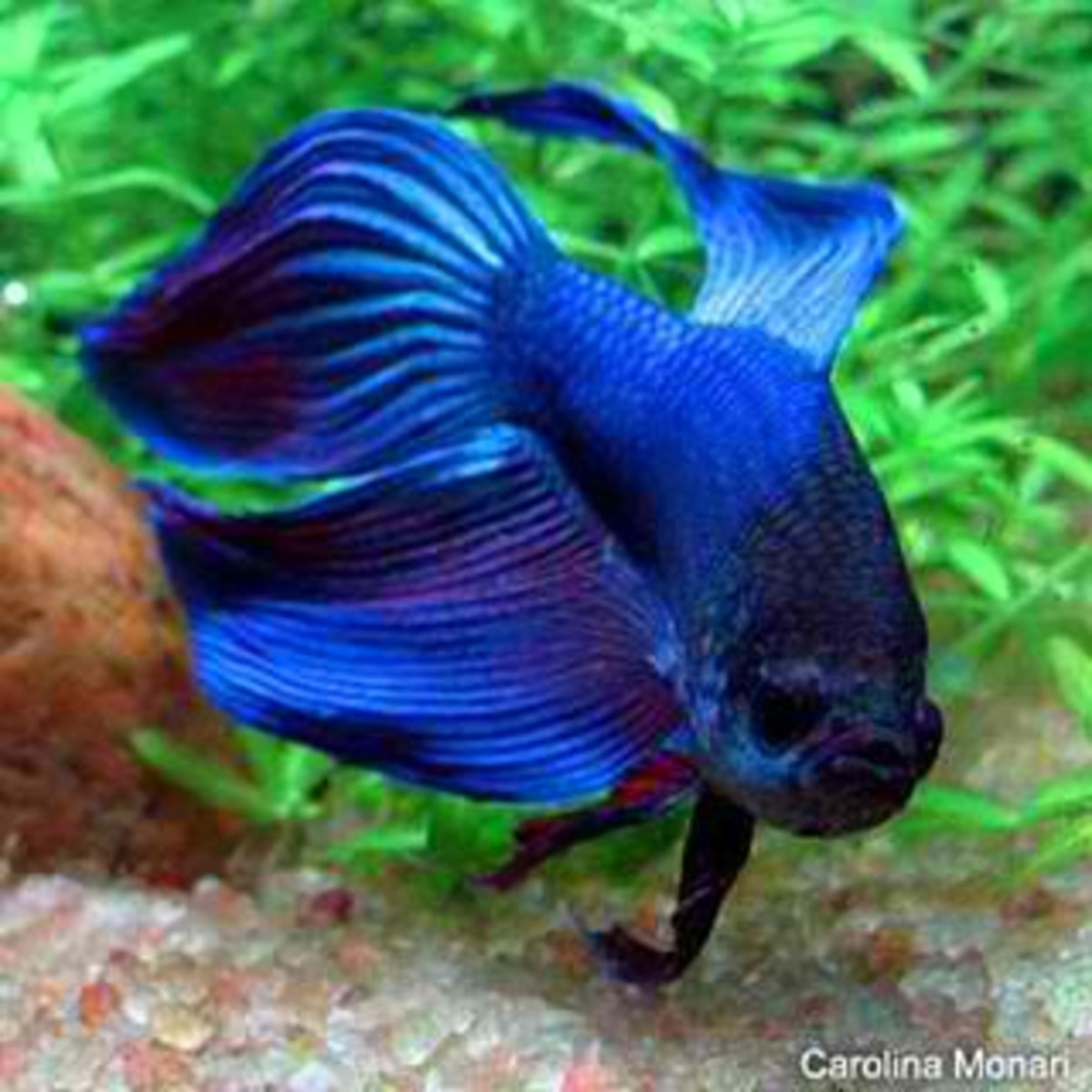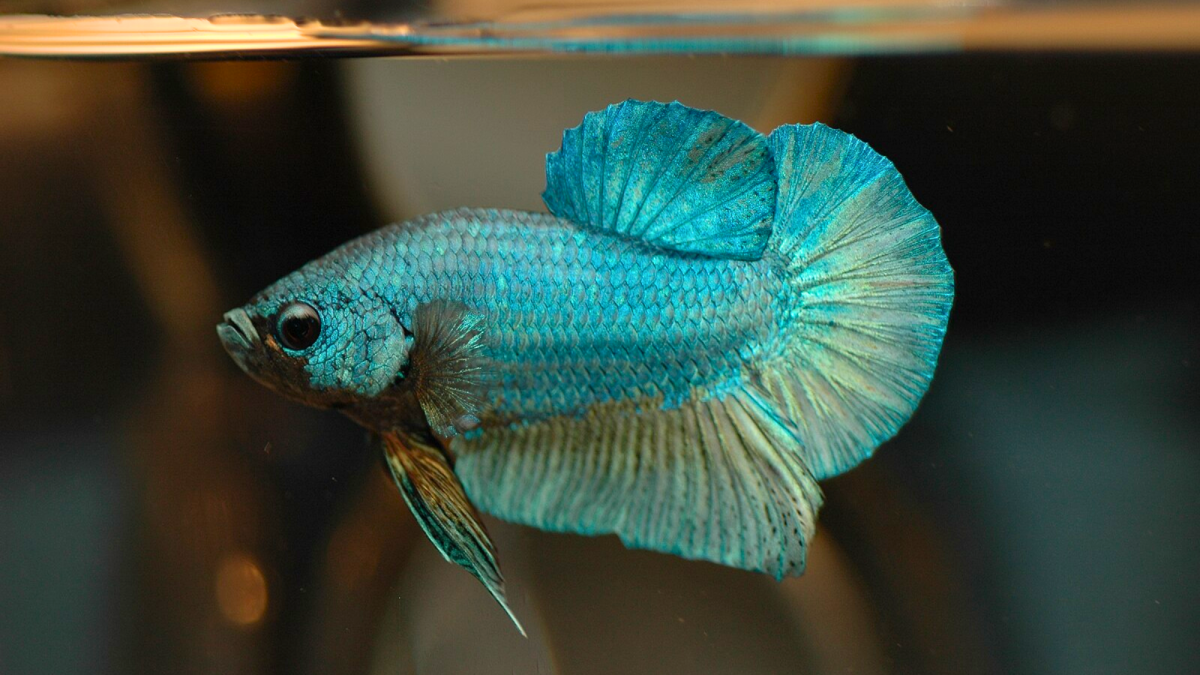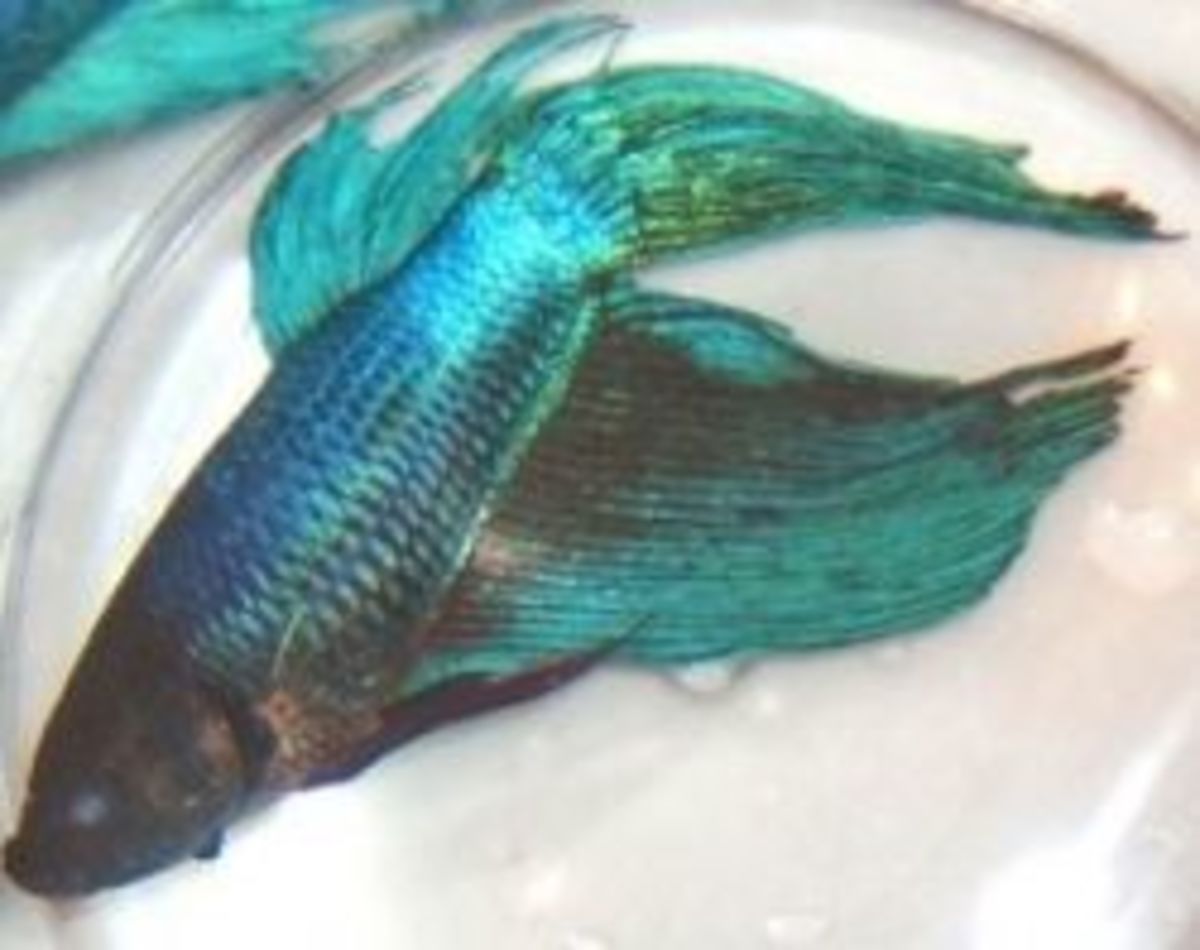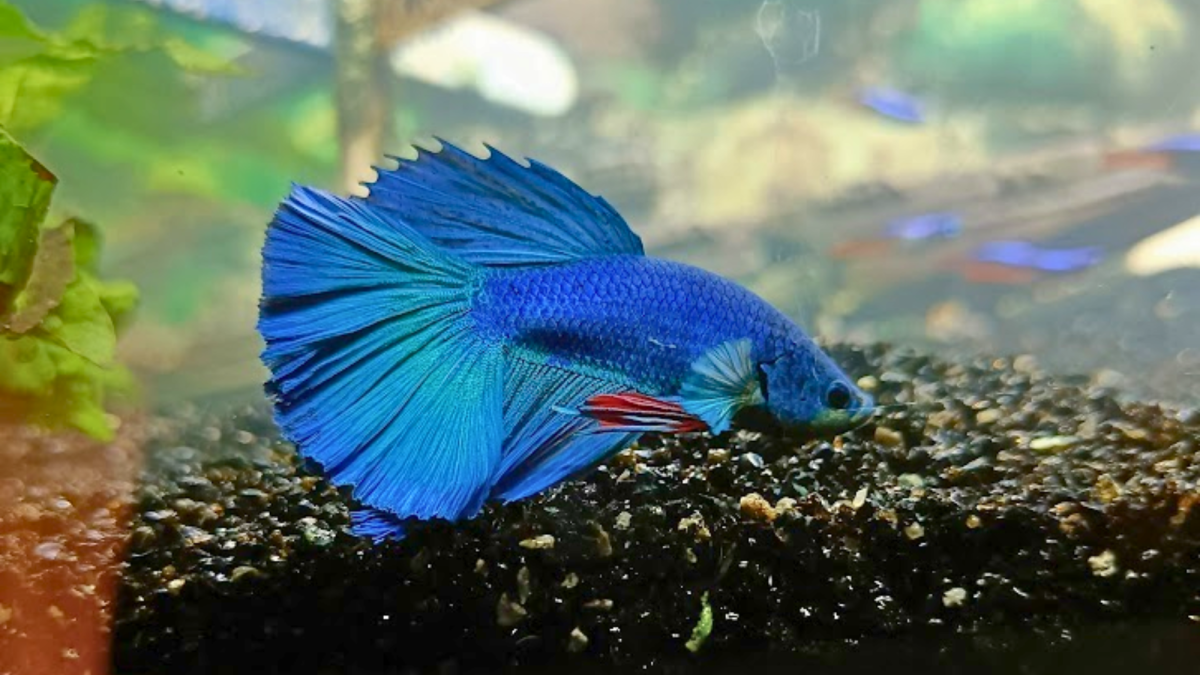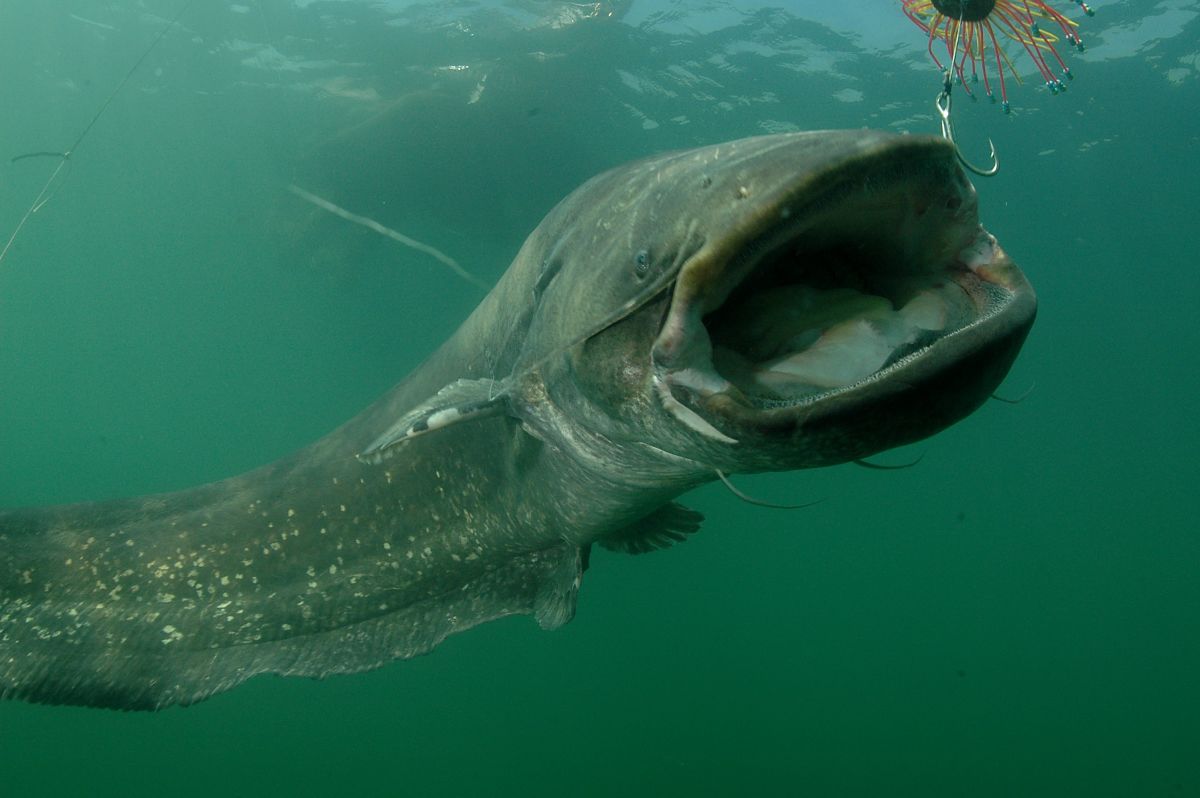Betta Fish History and Facts

Learn Where Your Betta Came From
Bettas may have exotic origins, but the fish we know as Siamese Fighting Fish differed from the brightly colored beauties so highly prized by Betta aquarium enthusiasts today.
The origins of Betta behavior can be traced back to even before the 1800s when villagers in the rice paddies of Siam, (now Thailand), Malaysia, Indonesia, Vietnam and parts of China, caught the small-finned, murky greenish-brown Bettas, called plakat, and then held fish fights. The winner of the fight was usually the biggest fish. This early encouragement of aggression remains a hallmark of Betta behavior today.
Modern Betta fish care also has origins in the fish’s originating country. Bettas made their homes in the warm waters of rice paddies, ditches, ponds, and murky streams. This is why you can keep a single Betta in a small, stagnant bowl (be careful with this; it’s not always the best environment for your fish if done improperly and can result in the proliferation of numerous betta fish diseases), although multiple Bettas require a Betta aquarium with a filtration system. Still, the stunning fish prefer water temperatures that hover around 80 degrees.
The practice of finding 50 Betta fish at a time became more difficult after the rice paddies became more mechanized, but plenty of fierce fish could still be found in other stagnant water sources. Wild Bettas frequently had bouts that lasted only several minutes before the Siamese began to breed them only for fighting. The breeders were able to significantly modify Betta behavior and bouts started lasting for hours, making fish fighting pervasive in the surrounding culture.
Betta fighting became so popular that the King of Siam began to license and collect the fighting fish. The question of what is a Betta once again came into play when the King gave a fish to Dr. Theodor Cantor, a medical scientist hailing from Bangor, who renamed the fish, which was then Betta Splendens by Mr. Tate Regan. Each man called the fish by a different name, and eventually “Betta” remained. It is thought that Betta stems from the word “Bettah,” a tribe of warriors. The popularity of Betta fish care continued to grow from this point on.
At the end of the 19th century, Betta fish had found homes in Betta aquariums in Europe and eventually the United States. The evolution of Betta fish continued, with breeders introducing new fish with brilliantly colored bodies and long, flowing fins. Each new Betta Splendens was given a new name.
Today, there are two main classifications of Betta fish: display Splendens and fighting Splendens. The fish come from commercial farms in Malaysia and Singapore. Fighting Betta fish typically have very short life spans because they are discarded after a fight and replacements must be bought, which makes the breeding of fighting fish a more successful enterprise. On the other hand, display Splendens can last for up to four years if owners exercise proper care.
Betta aquariums are popular in Japan and the United States, where beautiful Betta fish are placed with other fish for a spectacular display of colors and variety.
To learn more about Betta fish history, take a look at this helpful video.

